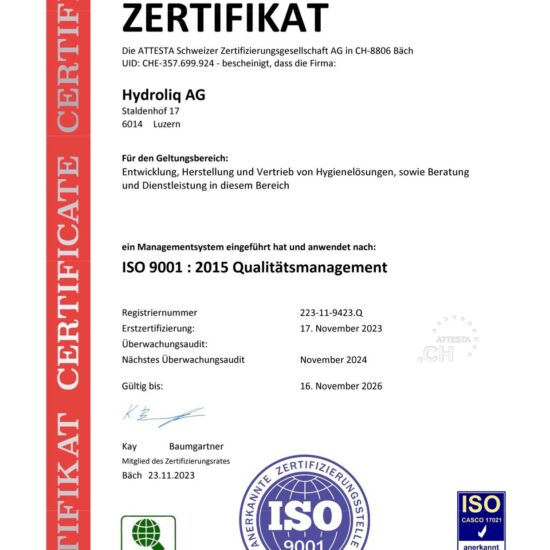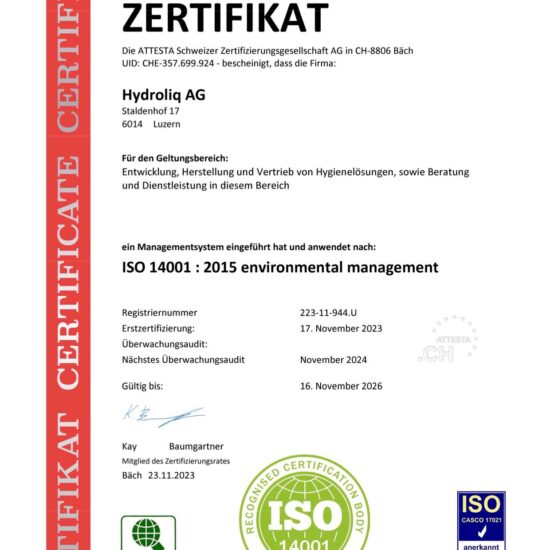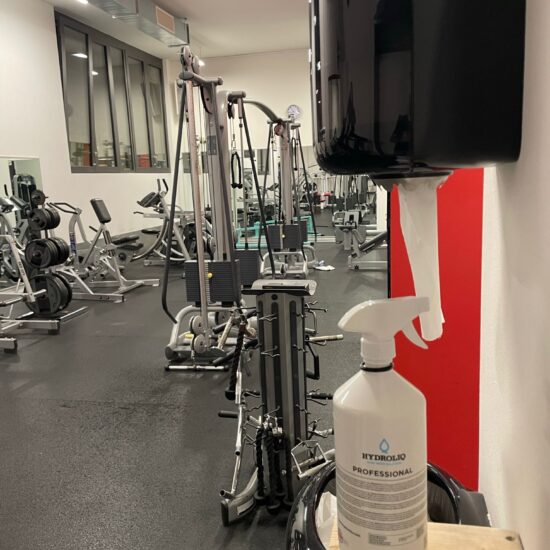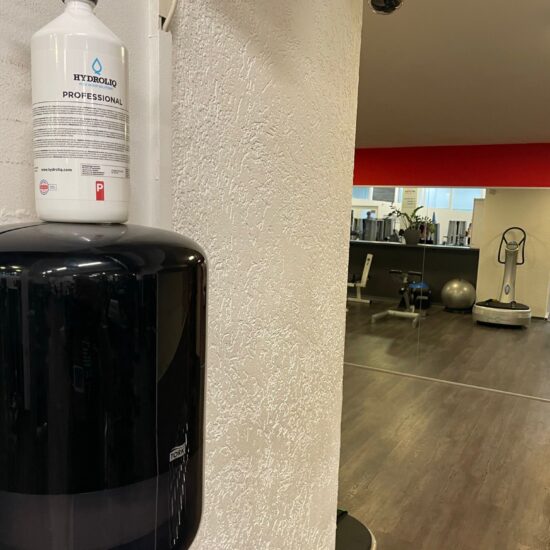Prevention of infectious diseases: Pathogens such as viruses and bacteria can easily be spread via the hands, especially when we visit public places or touch objects that have been used by other people. By thoroughly sanitising our hands, we can reduce the likelihood of infection and thus help to limit the spread of disease.
Protection for vulnerable groups: People with weakened immune systems, such as the elderly or those with chronic illnesses, are particularly at risk. By regularly disinfecting our hands, we not only protect ourselves, but also these vulnerable groups from potentially dangerous pathogens.
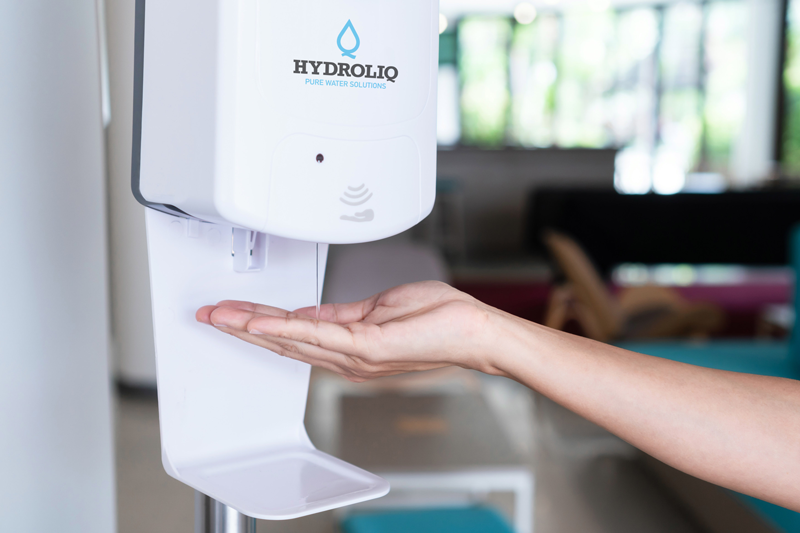
Contribution to public health: Consistent hand hygiene not only contributes to personal protection, but also has a positive impact on the health of the population as a whole. Fewer cases of illness mean a lower burden on the healthcare system and higher productivity in society.
Simple and quick measure: Disinfecting your hands is a simple and quick measure that everyone can easily integrate into their daily routine.
Environmentally friendly alternatives: In addition to conventional disinfectants, Hydroliq Disinfecta Plus is an alternative on the market that is biodegradable and contains no harmful chemicals. This way, we can not only rid our hands of 99.99% of all germs, but also protect the environment.
In our video, we show you how to sanitise your hands properly.
Palm to palm. Important: Disinfect the wrists as well!
Step 2:
Right palm over left back of hand and left palm over right back of hand.
Step 3:
Outside of fingers on opposite palms with fingers interlaced.
Step 4:
Palm on palm with fingers interlaced and spread apart.
Step 5:
Circular rubbing of the right thumb in the closed left palm and vice versa.
Step 6:
Circular rubbing back and forth with closed fingertips of right hand in left palm and vice versa.
For optimum effect, apply 3 millilitres of Hydroliq Disinfecta Plus to dry hands and rub into hands for 30 seconds.

Overall, hand sanitising is a simple and effective way to protect both our own health and the health of others. By integrating this habit into our everyday lives, we can make an important contribution to the prevention of infectious diseases and help to contain the spread of pathogens. Provided that hand sanitising is carried out correctly.
